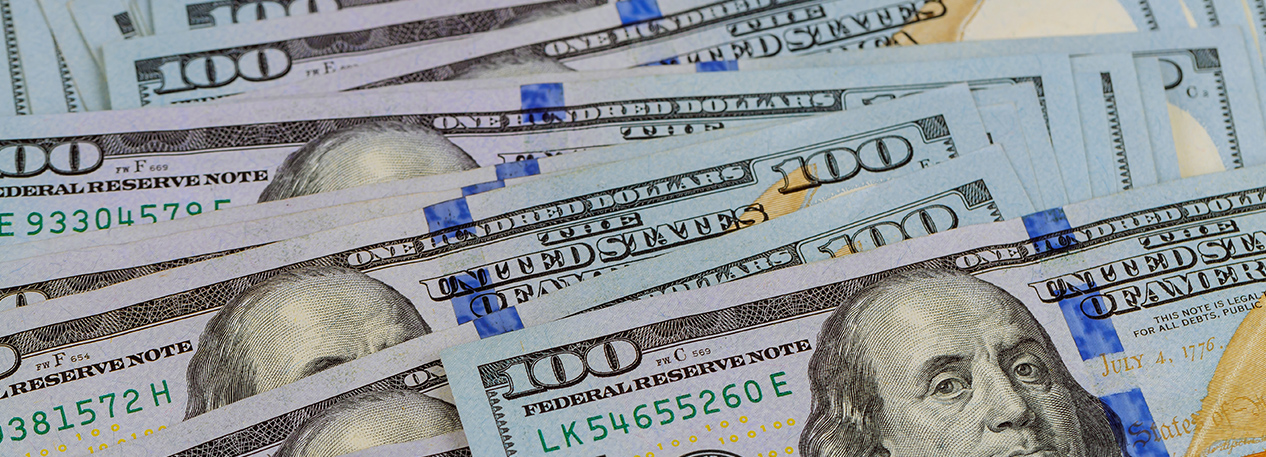Paper money has often been controversial and misunderstood. Why it has value, why that value changes over time, how it influences economic activity, who should be allowed to make it, how its use and creation should be controlled, and whether it should exist at all are questions that have perplexed the public, vexed politicians, and puzzled economic experts. Knowing how, when, and why paper money first became commonplace in America and the nature of the institutions issuing it can help us better comprehend paper money’s role in society. Benjamin Franklin dealt often with this topic, and his writings can teach us much about it.
There are two distinct epochs of paper money in America. The first began in 1690 and ended with the adoption of the U.S. Constitution in 1789. In this first epoch the legislatures of the various colonies (later states) directly issued their own paper money — called bills of credit — to pay for their own governments’ expenses and as mortgage loans to their citizens, who pledged their lands as collateral. This paper money became useful as a circulating medium of exchange for facilitating private trade within the colony/state issuing it. By legal statute and precedent, people could always use their paper money to pay the taxes and mortgage payments owed to the government that had issued that specific paper money, which, in turn, gave that money a local “currency.” There could be as many different paper monies as there were separate colonies and states.
View a lesson plan designed to accompany this publication.
View the Full Article
